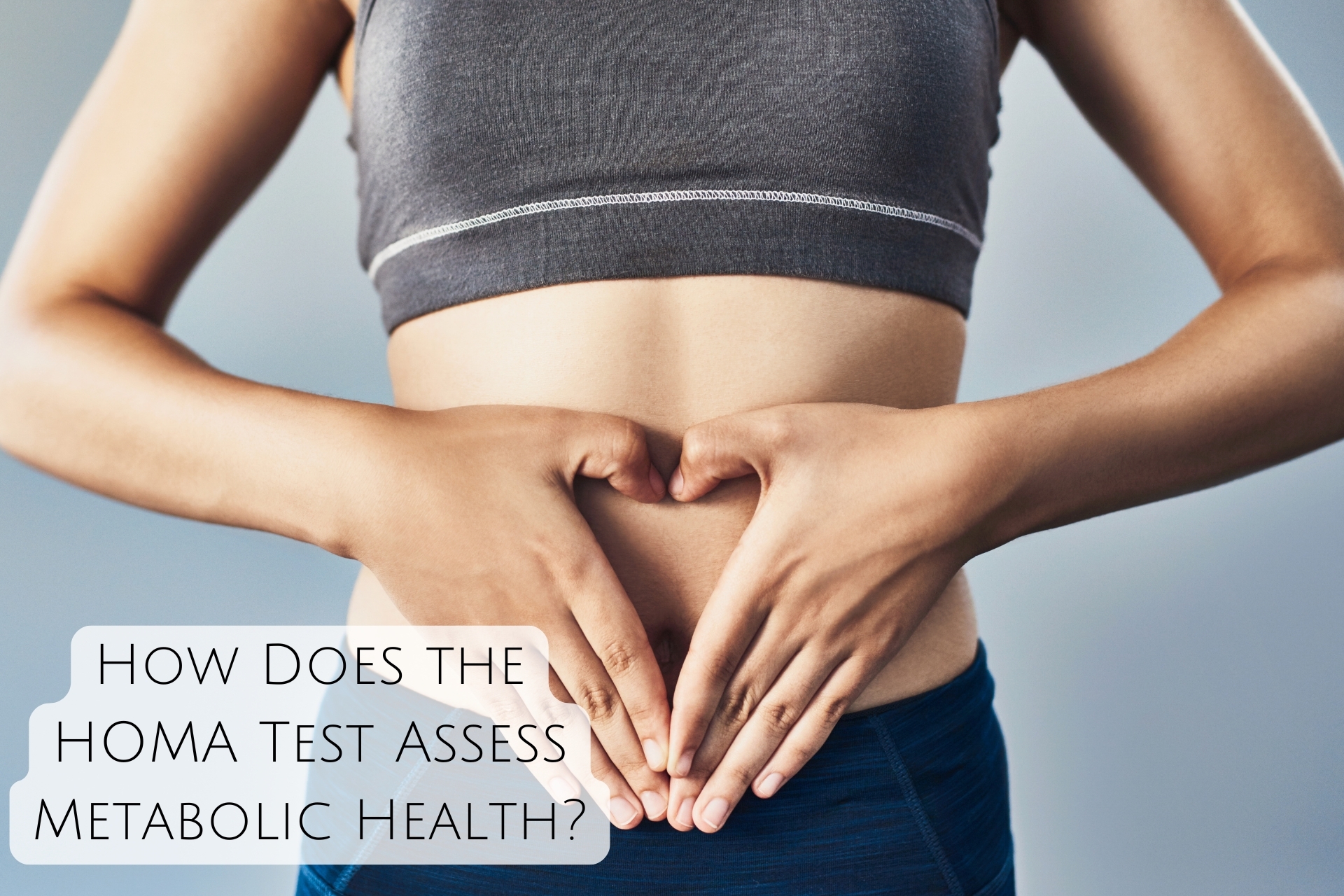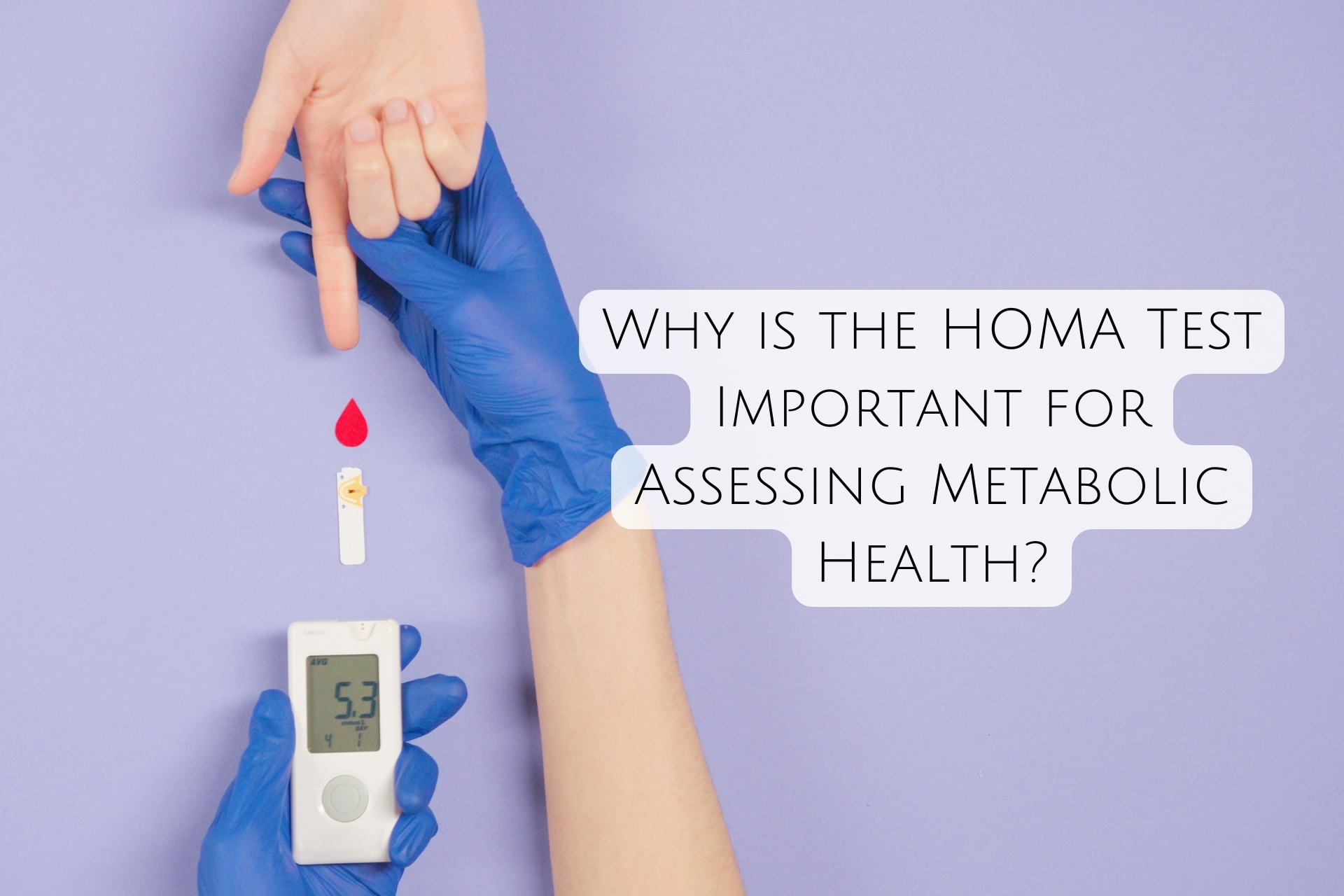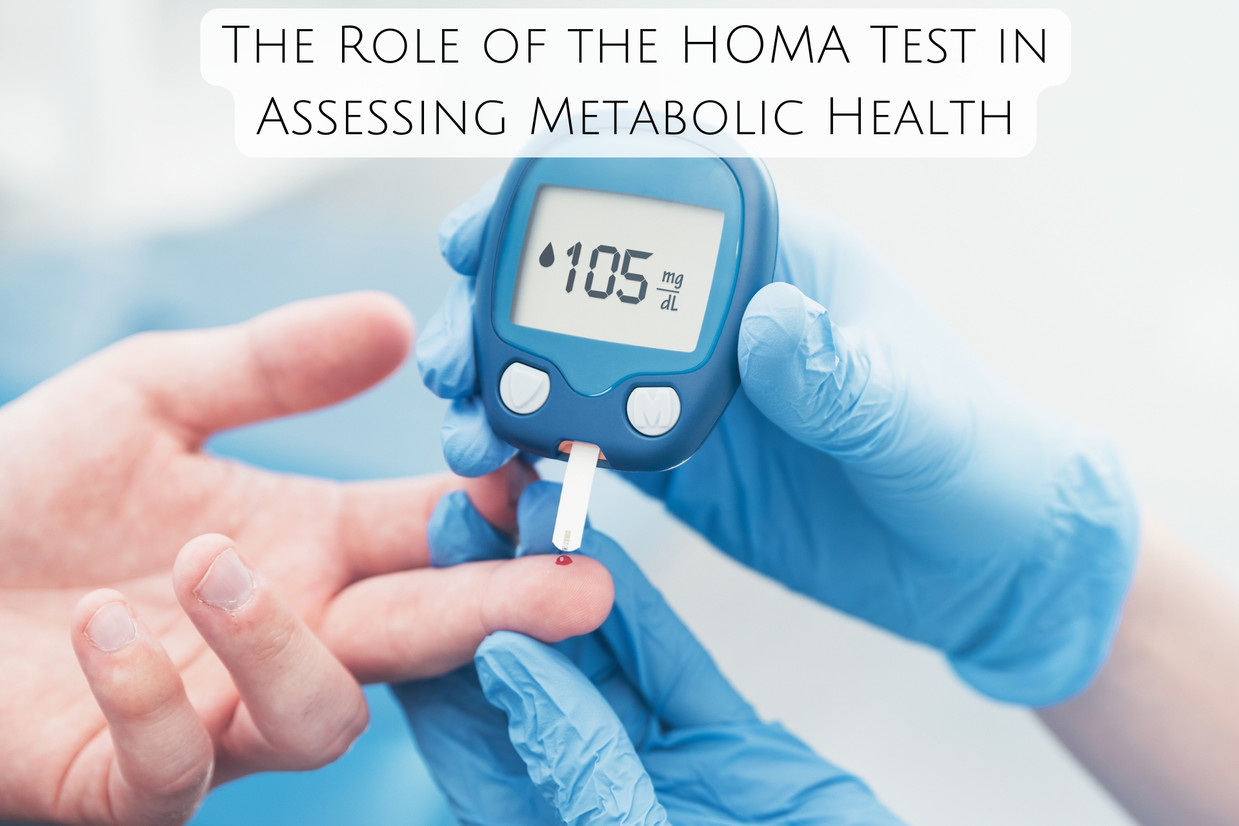The Role of the HOMA Test in Assessing Metabolic Health
In today’s fast-paced world, where health conditions such as Type 2 diabetes, obesity, and metabolic syndrome are becoming increasingly prevalent, assessing metabolic health has never been more crucial. Metabolic health refers to how well the body can manage its energy, regulate blood sugar, and utilize nutrients from food. One key tool in evaluating an individual’s metabolic health is the HOMA test—an acronym for Homeostasis Model Assessment. This test serves as a non-invasive and efficient way to assess insulin sensitivity and insulin resistance, two major factors influencing metabolic health.
The HOMA test provides vital insights into how well the body regulates blood glucose and insulin levels, offering early indicators of metabolic dysfunction. It can be a game-changer for preventing and managing chronic diseases like Type 2 diabetes, cardiovascular diseases, and obesity. Let’s delve deeper into what the HOMA test is, how it works, its significance in metabolic health, and how it can help detect metabolic imbalances before they escalate into serious health conditions.
What is the HOMA Test?
The HOMA test is a mathematical model used to assess insulin resistance (IR) and beta cell function. It’s based on two key fasting blood markers: fasting blood glucose and fasting insulin levels. This test evaluates the efficiency of insulin in facilitating glucose uptake into cells and the pancreas' ability to produce insulin in response to elevated blood glucose.
The formula was developed in the 1980s by Dr. Matthews and colleagues to provide a simple, reliable, and non-invasive method for estimating insulin resistance without needing sophisticated techniques like the clamp method (which is much more complex and invasive).
In short, the HOMA test provides two primary indexes:
- HOMA-IR (Insulin Resistance Index): This index reflects the level of insulin resistance, essentially how resistant the body’s cells are to insulin’s effects. A higher HOMA-IR score indicates greater insulin resistance, which is commonly associated with obesity, metabolic syndrome, and Type 2 diabetes.
- HOMA-B (Beta Cell Function Index): This index estimates the function of the pancreatic beta cells, which produce insulin. It helps to assess whether the pancreas is functioning optimally in response to insulin resistance.
HOMA Test Formula:
- HOMA-IR:
HOMA-IR=Fasting Insulin (µU/mL)×Fasting Glucose (mg/dL)405\text{HOMA-IR} = \frac{\text{Fasting Insulin (µU/mL)} \times \text{Fasting Glucose (mg/dL)}}{405}HOMA-IR=405Fasting Insulin (µU/mL)×Fasting Glucose (mg/dL)
This formula helps to evaluate the degree of insulin resistance. - HOMA-B:
HOMA-B=20×Fasting Insulin (µU/mL)Fasting Glucose (mg/dL)−3.5\text{HOMA-B} = \frac{20 \times \text{Fasting Insulin (µU/mL)}}{\text{Fasting Glucose (mg/dL)} - 3.5}HOMA-B=Fasting Glucose (mg/dL)−3.520×Fasting Insulin (µU/mL)
This helps assess the pancreatic beta cell function and how efficiently the pancreas is producing insulin.
How Does the HOMA Test Assess Metabolic Health?
The HOMA test offers valuable insights into two important aspects of metabolic health: insulin resistance and beta cell function. Let’s explore how these factors relate to overall metabolic health:
1. Insulin Sensitivity and Insulin Resistance:
Insulin sensitivity refers to how efficiently the body uses insulin to absorb glucose from the bloodstream into cells, where it can be used for energy. High insulin sensitivity means that the body needs less insulin to manage blood glucose levels. In contrast, insulin resistance occurs when the body’s cells become less responsive to insulin, prompting the pancreas to produce more insulin to compensate for the reduced efficacy. Over time, this leads to elevated insulin levels in the blood.
- Insulin Sensitivity (Low HOMA-IR):
When the body is insulin sensitive, glucose is efficiently processed, and insulin levels remain normal or low. A low HOMA-IR value indicates good metabolic health, which is associated with lower risks for metabolic diseases, such as Type 2 diabetes, cardiovascular disease, and obesity. - Insulin Resistance (High HOMA-IR):
When insulin resistance is present, the body struggles to transport glucose into cells efficiently, causing insulin levels to rise.
- Beta Cell Function:
Beta cells in the pancreas are responsible for producing insulin in response to rising blood glucose levels. In cases of insulin resistance, the pancreas compensates by producing more insulin. The HOMA-B score helps to assess how well the pancreas is functioning in terms of insulin production.
- Optimal Beta Cell Function (High HOMA-B):
A high HOMA-B score reflects that the pancreas is responding adequately to insulin resistance by producing enough insulin. This is a sign of good metabolic health. - Impaired Beta Cell Function (Low HOMA-B):
A low HOMA-B score suggests that beta cells may be struggling to produce sufficient insulin to meet the body's needs. This can be an early indicator of beta cell dysfunction, which is often seen in the progression to Type 2 diabetes.
Why is the HOMA Test Important for Assessing Metabolic Health?
The HOMA test provides essential insights into an individual’s metabolic health, especially in relation to insulin resistance and beta cell function. Here are several reasons why this test is so important:
1. Early Detection of Insulin Resistance:
Insulin resistance is one of the earliest signs of metabolic dysfunction and a key risk factor for Type 2 diabetes. However, insulin resistance often develops silently, without noticeable symptoms. The HOMA test can help detect insulin resistance before it leads to more severe conditions like Type 2 diabetes or metabolic syndrome, providing an opportunity for early intervention.
Early detection allows individuals to make lifestyle changes, such as adopting a healthier diet, increasing physical activity, and losing weight, which can reverse or delay the progression of insulin resistance and metabolic diseases.
2. Non-Invasive and Cost-Effective:
Compared to other methods of assessing insulin resistance (such as the glucose clamp test), the HOMA test is non-invasive and more cost-effective. It only requires a blood sample to measure fasting glucose and insulin levels, making it accessible for broader populations and healthcare settings. This makes it an excellent screening tool, especially in clinical environments where resources may be limited.
3. Helps Monitor Cardiovascular Disease Risk:
Insulin resistance is closely linked to an increased risk of cardiovascular disease (CVD). The HOMA test helps identify individuals with high insulin resistance who are at increased risk for CVD, allowing for timely interventions, such as dietary modifications, weight management, and medication.
4. Assessing Overall Metabolic Function:
The HOMA test doesn’t just provide a snapshot of blood glucose levels; it offers a more holistic view of metabolic health by assessing both insulin sensitivity and beta cell function. This comprehensive approach helps healthcare providers understand how well the body is managing glucose, whether insulin resistance is present, and whether the pancreas is producing sufficient insulin to compensate.
How to Interpret HOMA Test Results:
The interpretation of HOMA test results is dependent on individual factors such as age, sex, and overall health. However, general guidelines for HOMA-IR and HOMA-B are as follows:
- HOMA-IR Values:
- <1: Indicates good insulin sensitivity (healthy metabolic function).
- 1–2.5: Borderline insulin resistance, with moderate risk of metabolic dysfunction.
- >2.5: Indicates significant insulin resistance, with an increased risk of Type 2 diabetes and other metabolic diseases.
- HOMA-B Values:
- >100: Optimal beta cell function, indicating that insulin production is sufficient.
- 50–100: Decreased beta cell function, which could be an early sign of insulin resistance.
- <50: Impaired beta cell function, indicating the pancreas may no longer be producing enough insulin to maintain normal glucose levels.
Limitations of the HOMA Test:
Despite its advantages, the HOMA test does have limitations:
- Fasting Conditions: The HOMA test relies on fasting glucose and insulin levels, so the results may be skewed if the individual has not fasted properly (e.g., recent meals, stress, or illness).
- Population Specificity: The formula was primarily developed using data from populations of European descent, and there may be variations in its applicability to other ethnic groups.
- Limited Scope: While the HOMA test provides valuable insights into insulin resistance and beta cell function, it is just one part of a more comprehensive metabolic assessment. Additional tests such as HbA1c, lipid profiles, and body fat analysis are also important for a complete picture of metabolic health.
Conclusion: A Key Tool for Metabolic Health Management:
The HOMA test is a powerful, non-invasive tool for assessing insulin resistance and beta cell function, both of which are critical for understanding metabolic health. By detecting insulin resistance early, it helps healthcare providers identify individuals at risk of developing Type 2 diabetes, metabolic syndrome, and cardiovascular disease. With its ability to provide comprehensive insights into metabolic function, the HOMA test plays an important role in preventing and managing chronic diseases, offering a valuable opportunity for early intervention and personalized health strategies.
In the future, as our understanding of metabolic health continues to evolve, the HOMA test will become an even more integral part of routine health assessments, guiding healthcare providers in implementing effective strategies for long-term health and disease prevention.
Recent Posts
-
What Are Biofilms and Why Are They So Hard to Get Rid Of?
Biofilms are fascinating yet challenging structures that have significant implications for health, i
-
The Science Behind Boswellia Extract: How It Works in the Body
Boswellia serrata, also known as frankincense, is a resin obtained from the Boswellia tree that has
-
The Role of Un-Natured Protein in Enhancing Detoxification
While the human body is well-equipped with a detoxification system—primarily managed by the liver, k





